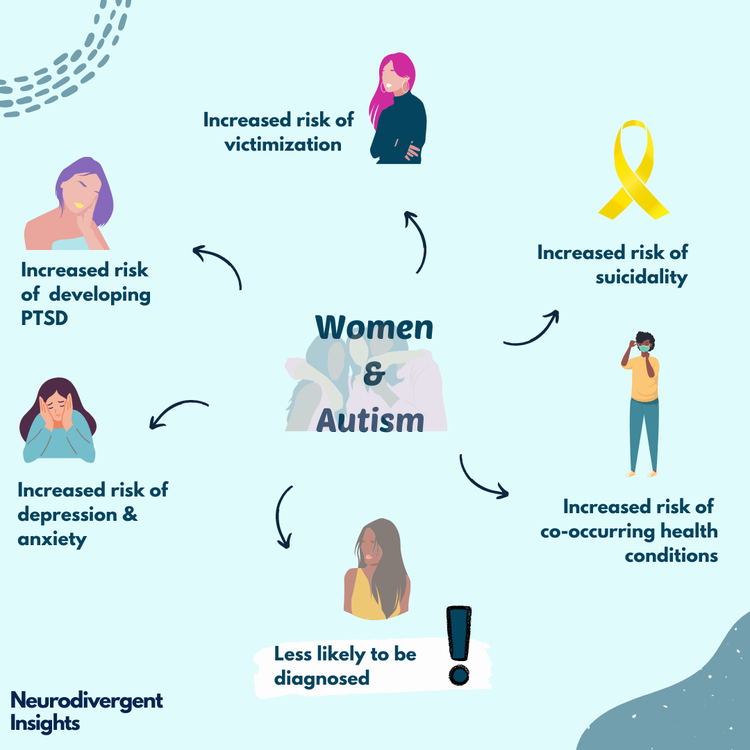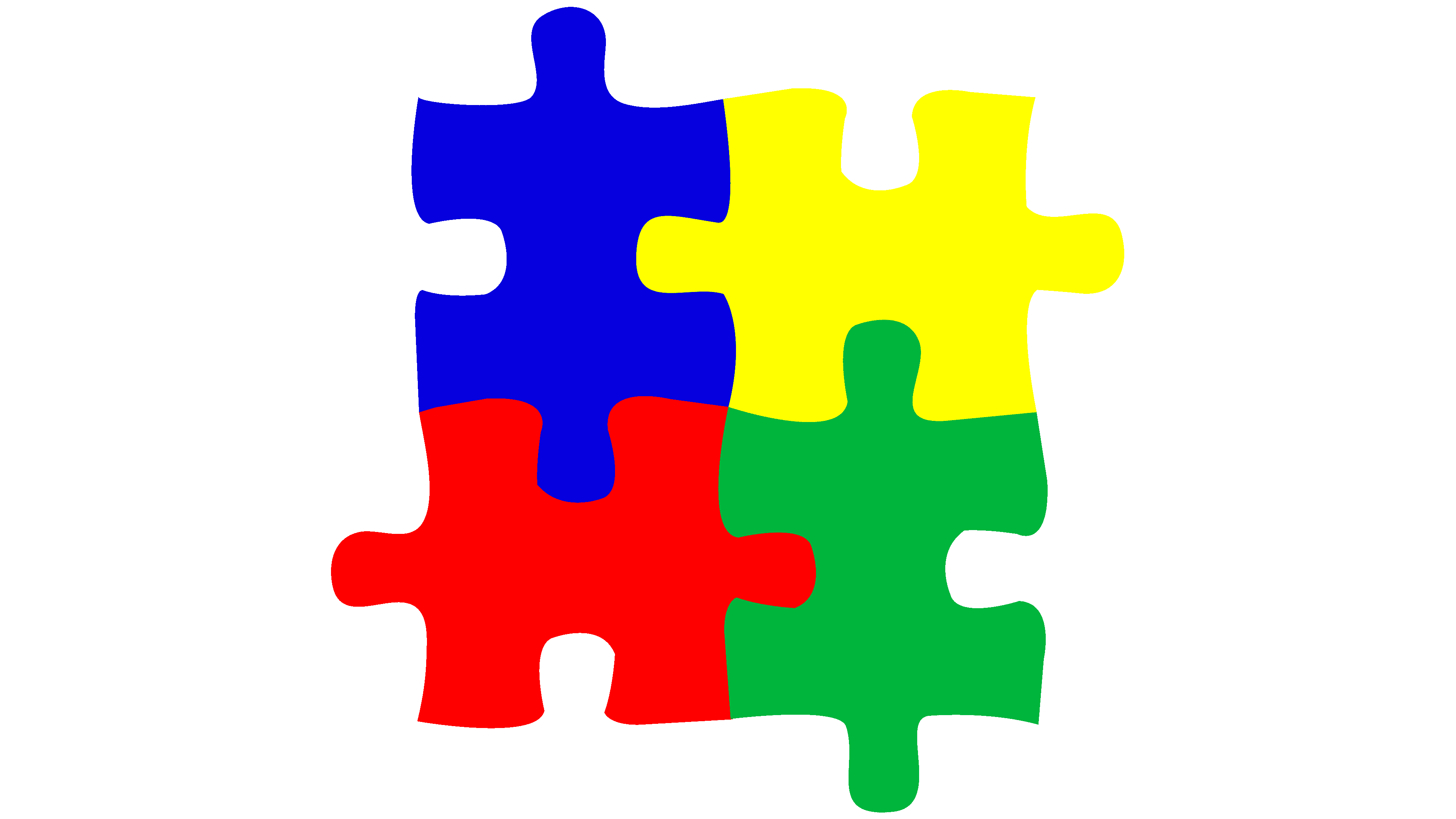Checking Out Autism: Methods for Efficient Communication and Interaction
Reliable interaction and interaction with people on the autism range necessitate a thorough understanding of their special needs and choices. The complexities of these strategies expose further factors to consider that warrant exploration, specifically in exactly how they can be adjusted to diverse contexts and private experiences.
Understanding Autism Range Condition
Autism Range Disorder (ASD) encompasses a variety of neurodevelopmental problems characterized by difficulties in social communication, communication, and repetitive actions. The term "spectrum" reflects the diverse indications and varying degrees of extent experienced by individuals with ASD. While some might show considerable impairments, others might display high-functioning attributes, permitting for better independence in day-to-day live.
The start of ASD normally takes place in early childhood, with indicators frequently identifiable by age 2. Very early indications might include delayed speech growth, minimal eye contact, and difficulties in comprehending social hints. Although the specific etiology of ASD remains uncertain, study recommends a mix of ecological and hereditary elements plays a crucial role in its development.
People with ASD often possess unique strengths, such as heightened attention to detail and remarkable memory skills. Nonetheless, they might fight with comprehending abstract ideas and handling adjustments to regular. Consequently, interventions and support customized to specific demands are essential for cultivating interaction and social skills. Recognizing the intricacy of ASD is crucial for promoting recognition, acceptance, and effective techniques that assist in meaningful communications with individuals on the range.

Value of Clear Interaction
Reliable interaction is crucial for promoting understanding and connection, specifically for people with Autism Spectrum Problem (ASD) Clear interaction not just assists in social interactions but additionally improves the individual's capacity to share their requirements, emotions, and ideas. For people with ASD, the nuances of language can frequently be challenging; therefore, utilizing straightforward and distinct language is important.
In addition, clear communication helps in reducing aggravation and anxiousness that might develop from misunderstandings. When messages are shared in a consistent and straight fashion, individuals with ASD are better outfitted to analyze information precisely, which can significantly improve their social engagement and involvement in different setups.
Developing regimens and using visual assistances can further reinforce clear communication. These techniques give individuals with predictable frameworks that help comprehension and retention of details. Additionally, actively being and paying attention client during communications promotes an encouraging setting where individuals with ASD feel valued and comprehended.
Eventually, focusing on clear interaction not just equips people with ASD yet additionally fosters more meaningful connections with their peers, caregivers, and the bigger community, leading the way for inclusive interactions and collective connections. - autism
Non-Verbal Communication Techniques
Communication extends beyond words, and for individuals with Autism Range Disorder (ASD), non-verbal hints play a substantial duty in communications. Non-verbal interaction strategies can consist of face expressions, gestures, body movement, and eye call, every one of which function as vital components for conveying emotions and intentions.
Recognizing and analyzing these non-verbal signals can improve interactions with individuals with ASD. As an example, a cozy smile or open stance can develop an inviting environment, encouraging engagement. Using aesthetic help-- such as picture look at here now cards or icons-- can connect communication spaces and help convey messages a lot more efficiently.
It is likewise essential to be conscious of personal room, as individuals with ASD might have different comfort degrees regarding closeness. Observing their reactions to physical closeness can educate suitable changes.

Creating Supportive Settings
Producing a supportive setting is important for fostering favorable interactions and improving the well-being of people with Autism Spectrum Disorder (ASD) Such atmospheres can substantially decrease anxiousness and produce a feeling of safety, permitting individuals to reveal themselves much more openly.
To accomplish this, it is important to consider sensory level of sensitivities that individuals with ASD might experience. Modifying the physical area to include soft illumination, minimal history sound, and comfortable seats can create a soothing ambience. Furthermore, making use of regular routines and clear aesthetic timetables can assist people prepare for shifts and lower uncertainty, more promoting comfort.
Social rooms ought to be structured to decrease frustrating stimuli while supplying opportunities for engagement in preferred activities. Facilitating locations marked for quiet time can likewise act as a haven throughout moments of stress. Importantly, integrating components of choice empowers individuals, permitting them to work out company in their setting.

Motivating Social Interactions
Promoting social interactions amongst individuals with Autism Range Problem (ASD) needs willful techniques that focus on convenience and interaction. Developing foreseeable routines can aid decrease anxiousness, making social settings much more friendly. Creating structured atmospheres with defined duties and roles enables people Website to engage without the frustrating stress of unstructured social dynamics.
Integrating interests and staminas right into social tasks can function as a driver for communication. As an example, organizing group activities around shared pastimes or topics of fascination can assist in all-natural discussions and connections. Furthermore, using aesthetic assistances, such as pictorial schedules or social scripts, can aid in find more information comprehending social hints and assumptions.
Designing appropriate social behaviors is critical - autism. Peers and grownups need to show reliable interaction strategies, consisting of energetic listening and turn-taking. Role-playing circumstances can additionally give a secure room for people to practice these skills
Lastly, fostering peer relationships with inclusive practices is vital. Motivating inclusive playdates or group outings can create opportunities for socializing in a comfy setup. By applying these caretakers, methods and educators can significantly improve social interactions for people with ASD, advertising their overall social growth and health.
Final Thought
Finally, effective communication and communication techniques are important for sustaining individuals with Autism Spectrum Problem. Highlighting clear language, integrating non-verbal signs, and establishing predictable regimens considerably boost engagement and decrease anxiousness. Creating supportive environments cultivates risk-free social interactions, while motivating shared interests promotes meaningful connections. Inevitably, these strategies equip people with autism to browse social landscapes, promoting their overall well-being and allowing the growth of lasting relationships.
Efficient interaction and communication with people on the autism range demand a comprehensive understanding of their one-of-a-kind demands and preferences. Clear communication not only helps with social interactions however likewise enhances the individual's capability to express their needs, thoughts, and emotions.Promoting social communications amongst individuals with Autism Spectrum Problem (ASD) calls for willful methods that prioritize comfort and engagement. By implementing these caregivers, approaches and teachers can significantly boost social communications for individuals with ASD, advertising their overall social growth and wellness.
In conclusion, reliable communication and communication methods are vital for sustaining people with Autism Range Condition.